
Ubuntu-Inn
The restaurant with South African warmth and heartiness Shop and snack South African Style
Stuttgart is famous for being the home of Mercedes-Benz and Porsche, but it has so much more to offer.
The name comes from “Stutengarten” which means a horse or stud garden. It was originally a place for breeding horses, hence the horse on the Stuttgart coat of arms. The same symbol is used in the Porsche logo.
The city is on the banks of the Neckar River and just north of the Swabian Jura (Swabian Alps) in Baden-Württemberg. The weather makes it ideal for cultivating grapes and there are over 4000 hectares of vineyards in Stuttgart. In Stuttgart, you will find castles, theatres, mineral spas, interesting museums, art galleries, concert and sports stadiums, a planetarium, wine plantations, amusement parks, lakes, rivers, mountains, beautiful parks, and unique architecture. In Köningstrasse there is a pedestrian zone that hosts all the major shops as well as some unique and specialty shops.
There are stunning lakes like the Bärensee, Pfaffensee, Max-Eyth-See, Katzenbachsee and the Riedsee
The official Tourism page has plenty of ideas to inspire your visit to this exciting city.
The city is filled with greenspaces and In 2017 it ranked as the least stressful city in the world.
Opera, ballet, drama, festivals, musicals, conceterts, musuems and art galleries - Stuttgart has more than enough to offer
Surround by rivers and mountains it is perfect for nature lovers.
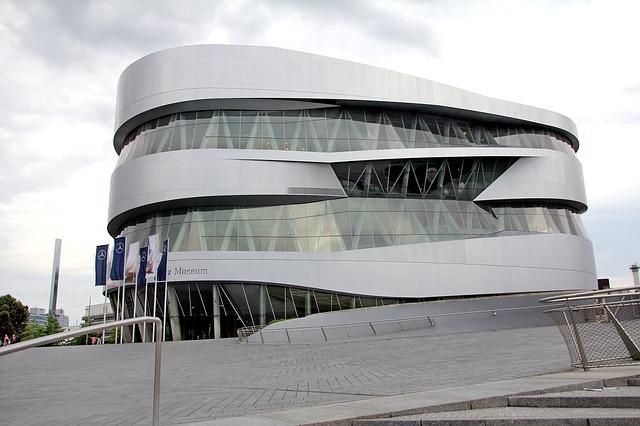
Classic Mercedes-Benz cars, trucks and busses.
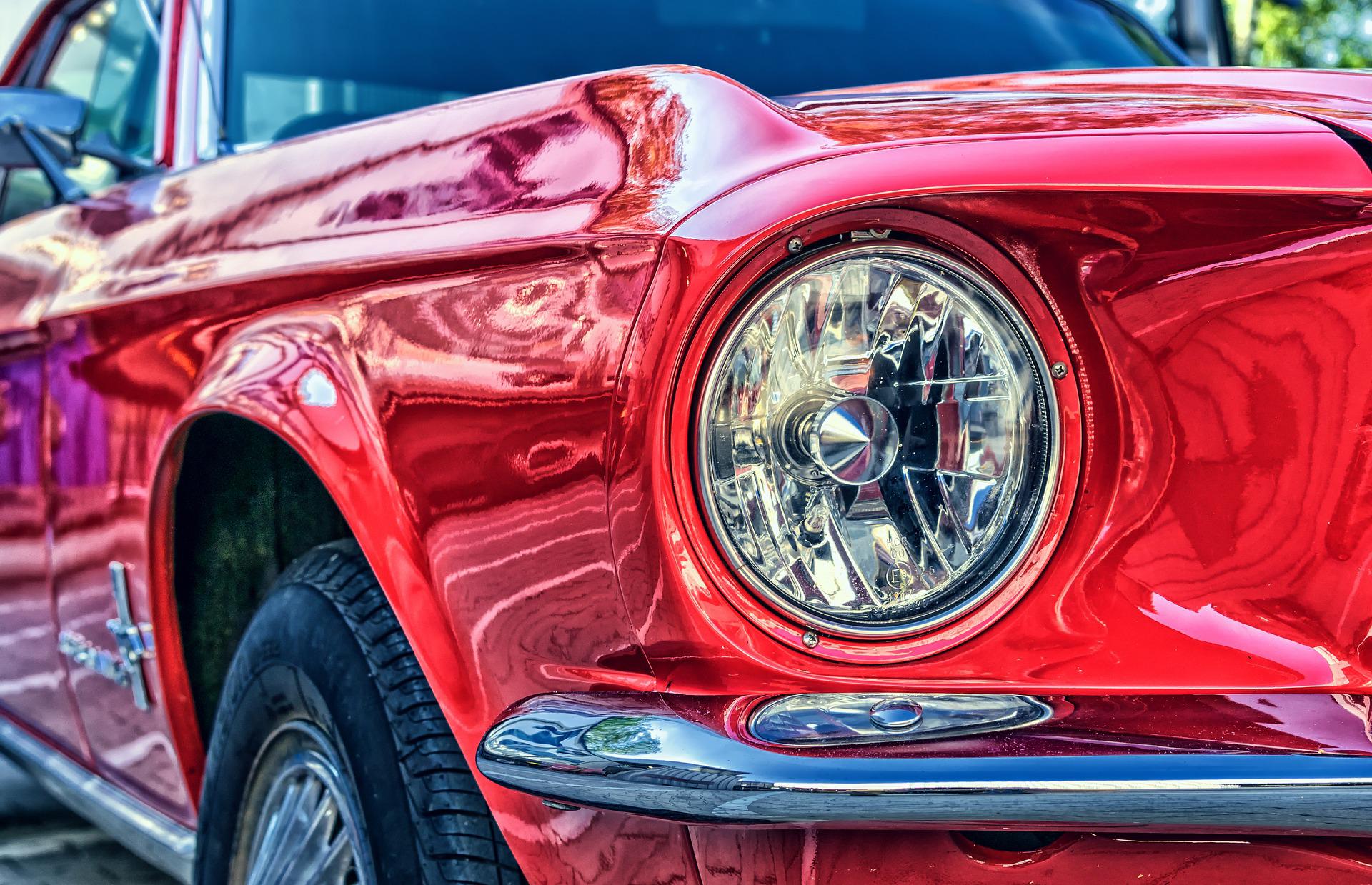
Hub for car and motorcycle enthusiasts
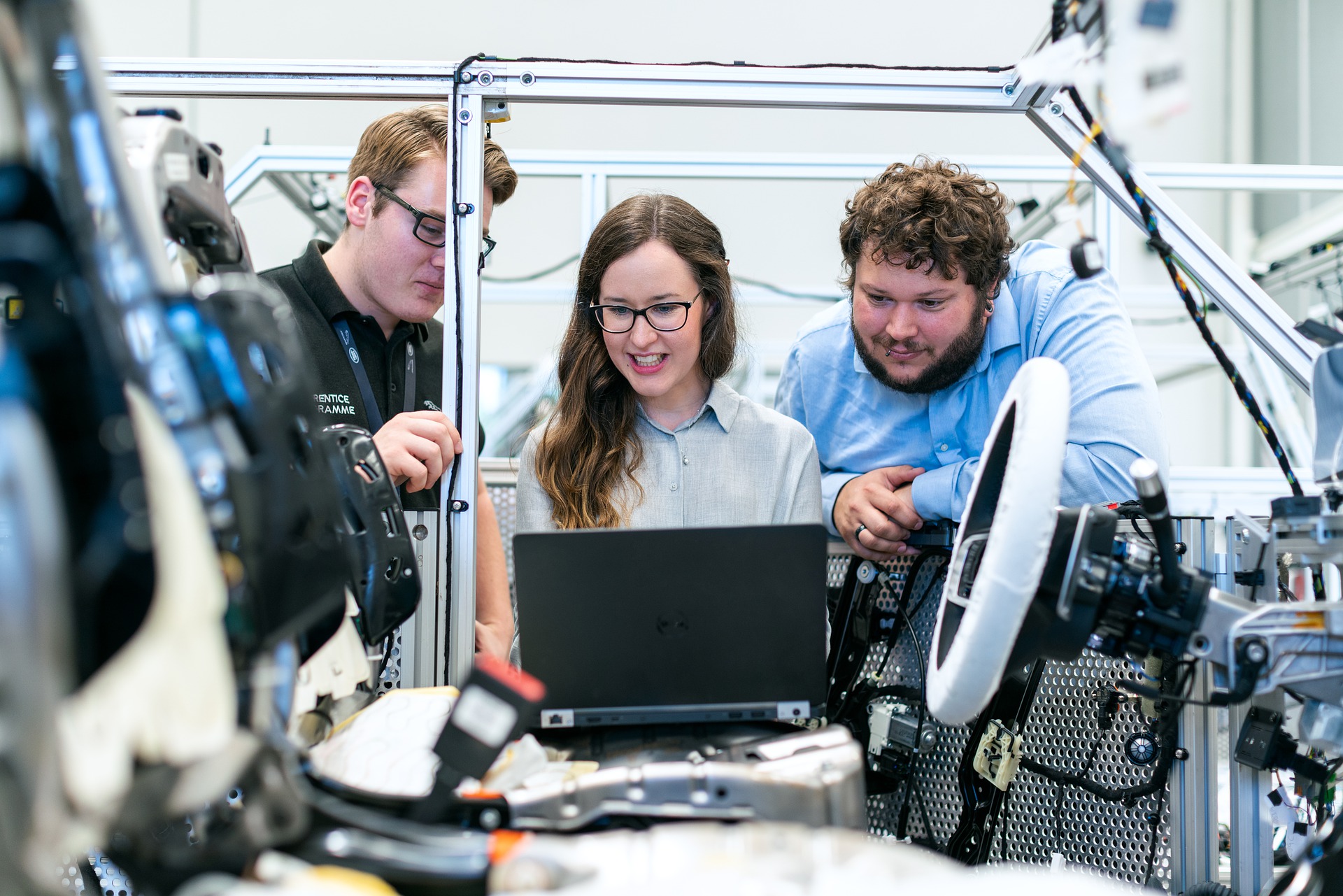
Guided tours at the Sindelfingen Factory in English or German
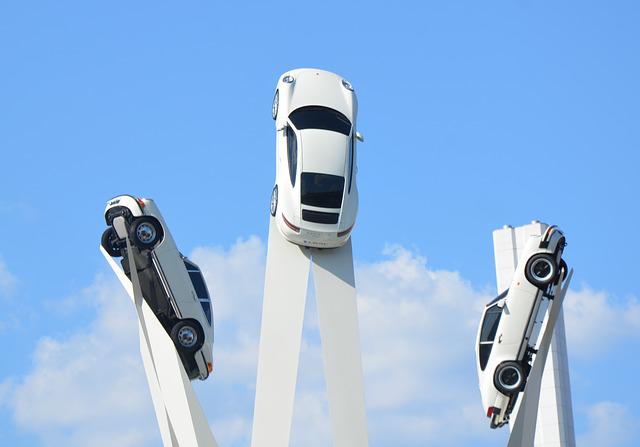
Classic Porsche automobiles
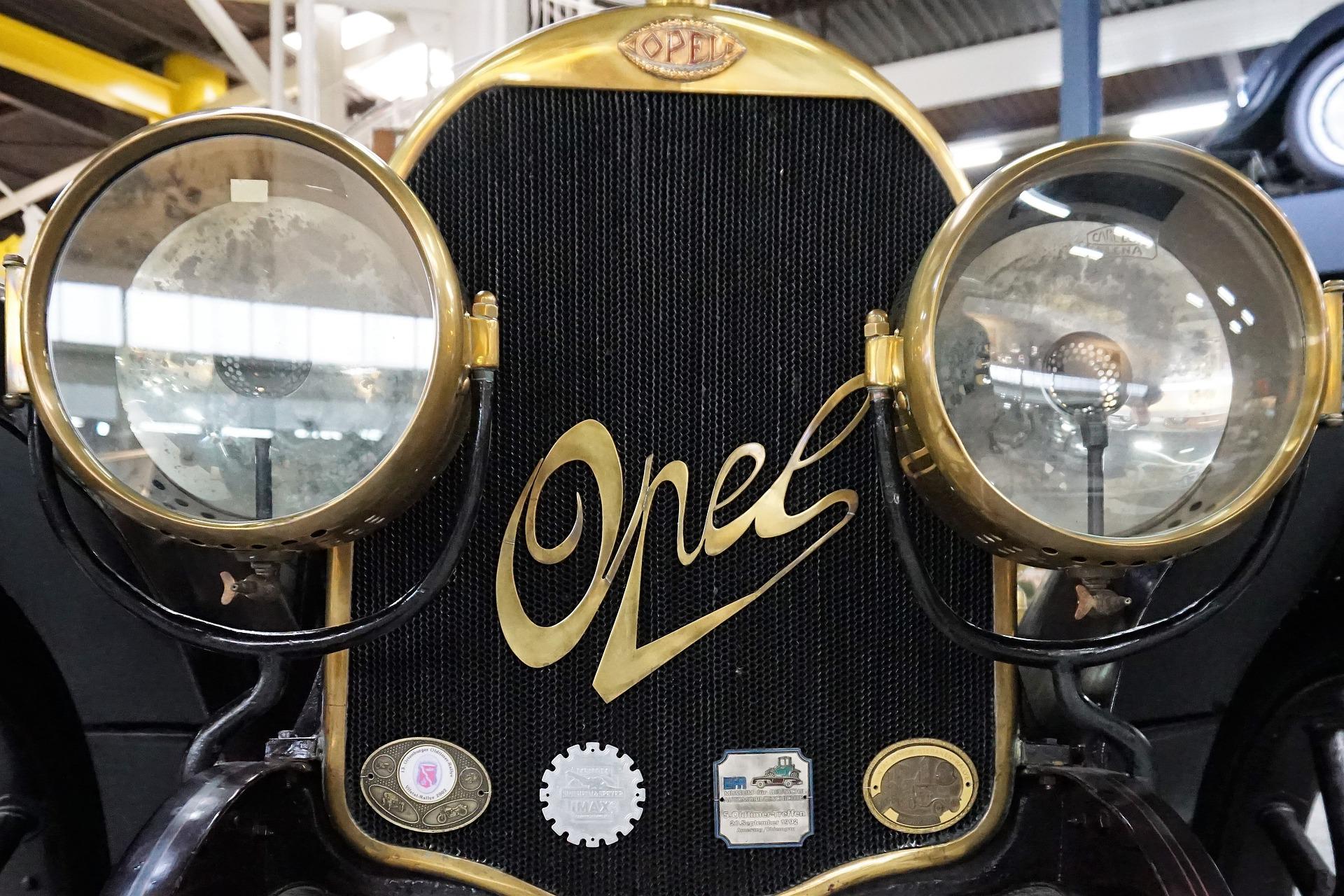
Classic cars, Concorde, trains, historic racing cars, motorbikes, tractors.
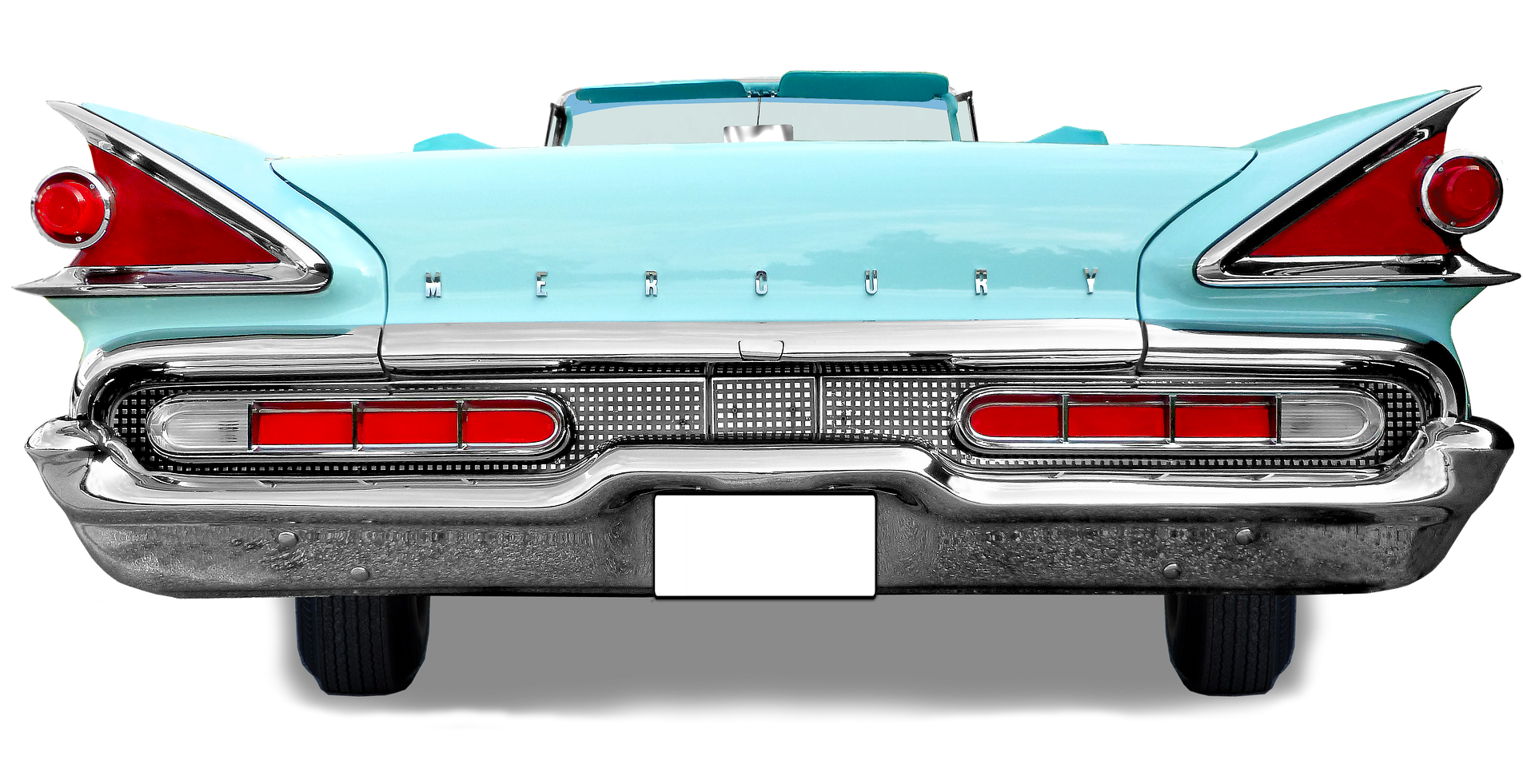
Auto themed Hotel Rooms
Typical Schwäbian food to tantalise your taste buds
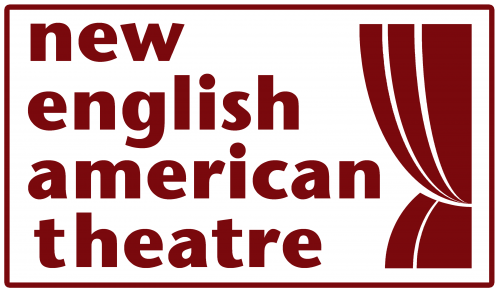
New English American Theatre e.V (NEAT) is a non-profit organisation that has been doing shows for over 29 years
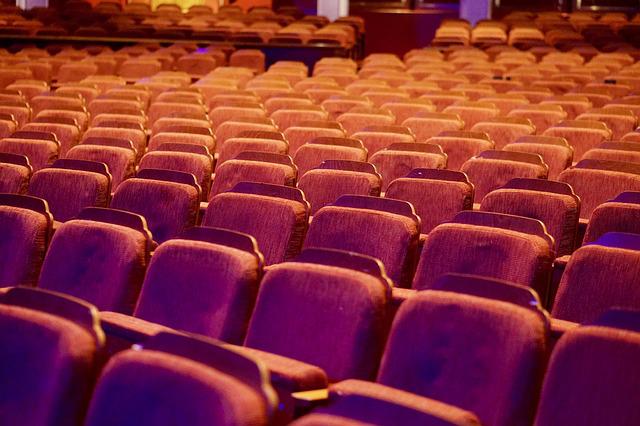
The repertoire at the Altes Schauspielhaus includes everything from classical drama to contemporary productions and musical plays
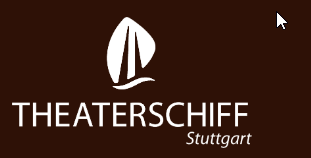
We will spoil you with culinary delicacies and selected drinks in a wonderful ambience.
Boat trips on the Neckar. You can take a boat trip to Marbach and include a wine-tasting tour, or do a theatre dinner cruise or Sunday Breakfast Cruise
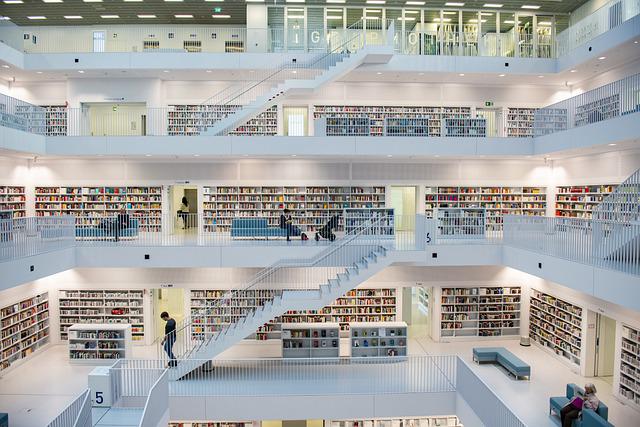
Some of the well-known festivals are:

The restaurant with South African warmth and heartiness Shop and snack South African Style

Trainerin HR Interim Karrierebegleiterin Your International HR and Career Support with 15 years experience in 5 countries After having worked for the German Southern African
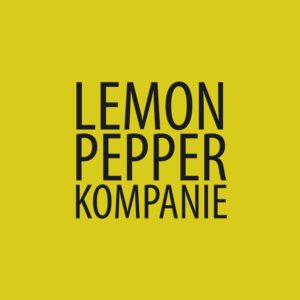
As long-time South Africa fans, we started with passion to import original South African spices in high quality directly from Durban. We now have a
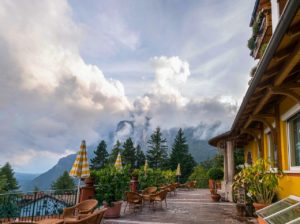
Types of Tourist accommodation in Germany Germany, known for its rich cultural heritage, stunning landscapes, and vibrant cities, offers a diverse range of accommodation options
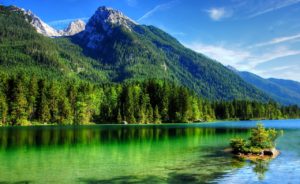
Germany is a beautiful country with diverse landscapes and many regional specialties.To add your suggestions please submit it via this form Below are some travel

German Climate Germany’s climate is temperate and marine, with cold, cloudy winters and warm summers and in the south occasional warm föhn wind. The greater
You must be logged in to post a comment.